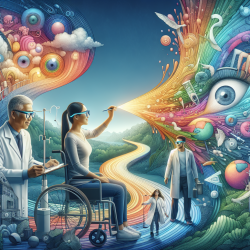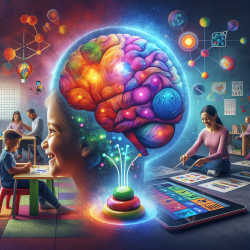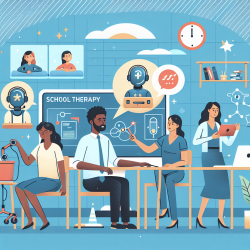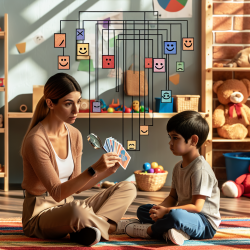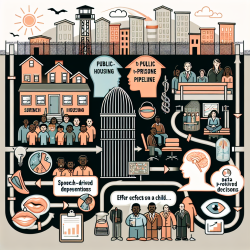Introduction
Advanced glaucoma poses a significant challenge for both patients and practitioners due to its irreversible nature and the functional impairments it causes. However, recent research has highlighted the potential of vision rehabilitation (VR) strategies to improve quality of life for those affected. This blog explores key findings from the research article "Approaching Rehabilitation in Patients with Advanced Glaucoma" and offers insights into how practitioners can enhance their skills and patient outcomes through VR.
Understanding the Challenges
Patients with advanced glaucoma experience a wide range of difficulties in performing everyday tasks, from reading and driving to mobility and visual motor activities. The gradual progression of the disease often obscures the optimal time for referral to rehabilitation services, and there is a lack of understanding among both physicians and patients about the benefits of VR.
Implementing Vision Rehabilitation Strategies
To address these challenges, practitioners can consider several VR strategies tailored to the specific needs of their patients:
- Reading Impairments: Utilize spectacle correction, visual assistive equipment, and sensory substitution to enhance reading ability.
- Driving Concerns: Encourage refractive correction, lens design modifications, and confidence-building techniques for patients who are safe to drive.
- Mobility Issues: Implement distance refraction, behavior modification, home modifications, and mobility aids to improve patient mobility.
- Visual Motor Activities: Focus on optimizing lighting, contrast, and sensory substitution, along with IADL training and education.
Encouraging Further Research
While current VR strategies have shown effectiveness, there is a need for further research to refine these approaches and explore new methods. Practitioners are encouraged to stay informed about the latest developments in VR and to collaborate with specialists to provide comprehensive care for their patients.
Conclusion
By integrating vision rehabilitation into the care model for advanced glaucoma patients, practitioners can significantly enhance patient functionality and quality of life. For those interested in delving deeper into the research, the original article offers a wealth of information and can be accessed here.
